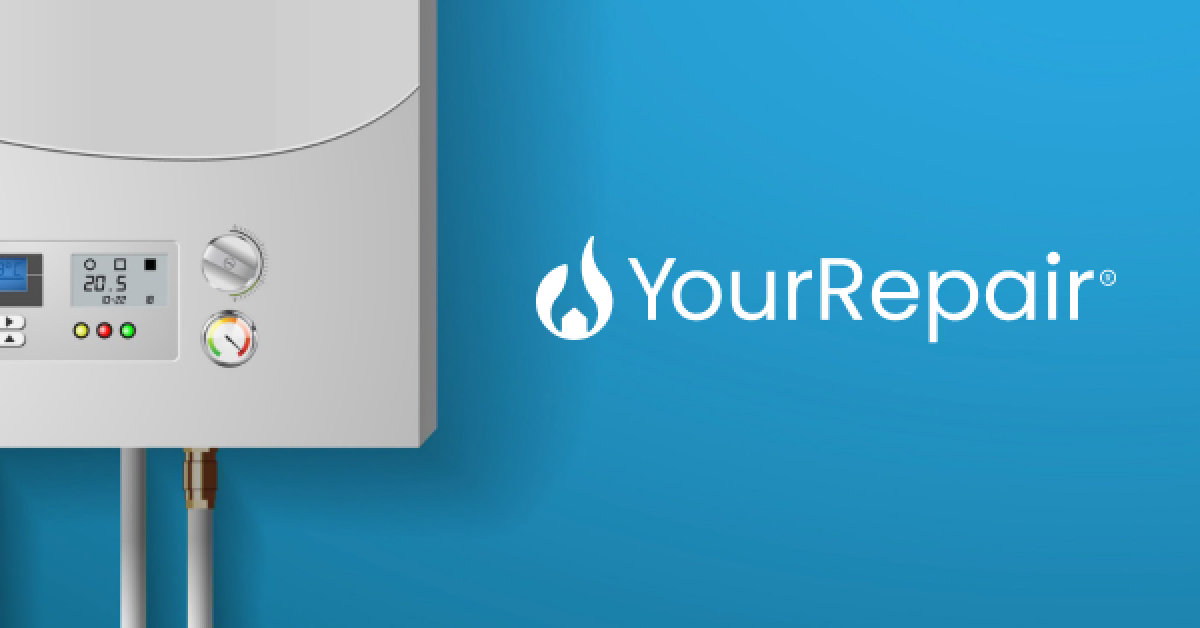

How to unfreeze a frozen condensate pipe if you have a condensing boiler
A frozen condensate pipe will cause your boiler to shut down or malfunction. Here, NRLA partner Your Repair explains the common signs to look out for that may indicate a boiler is malfunctioning, and how to safely unfreeze a condensate pipe if you have a condensing boiler.
Your first question might be, “Does my property have a condensing boiler and a condensate pipe?” The answer is probably yes.
Condensing boilers have been mandatory since the mid-2000s and now account for over 74% of all UK boilers in operation today. This type of boiler requires an outlet for the acidic condensation that builds up inside. This outlet is your condensate pipe.
While more energy efficient, these boilers might require special maintenance when freezing weather comes around. If you think you have a condensing boiler in your property and a condensate pipe outside, knowing how to defrost it yourself can help reduce winter-time dramas and the stress of calling out an engineer.
Where is my condensate pipe?
Usually, this will be a white plastic pipe running directly from your boiler through the nearest outside wall, finishing above an external drain. If you own a ground floor property this should be easy to find and easily accessible when looking outside the property.
If there isn’t a pipe you likely don’t have a condensing boiler. And if the pipe is far off the ground and not safely accessible, you might need to contact an engineer.
When do condensate pipes freeze?
Annoyingly, they typically freeze up in the deep winter months just when you most need a working boiler. Condensate pipes can freeze up when the outside temperature falls below 0 °C.
In 2022, there were 44 days with sub-zero temperatures, when a condensate could end up frozen causing a boiler shutdown. This winter is on track to offer a similar number of sub-zero days.
What to look for
A frozen condensate pipe will cause your boiler to shut down or malfunction, so the first sign might be the creeping cold and the lack of hot water. Of course, any number of potential faults could cause a boiler to shut down. Before calling for an engineer there are things you can check for yourself:
Look at the boiler control panel. Modern boilers might be able to self-diagnose the issue and tell you if there’s a problem with the condensate pipe. This might be presented as an error code that you can look up online or in your operating manual. For Worcester boilers this is “EA” and for Vaillant, you should see “F27”.
Look around the boiler. Water that can't escape may have become trapped in the system and dripped onto the surrounding area. Any small puddles might indicate a problem with drainage.
Listen to your boiler. A boiler that isn’t draining properly will likely make gurgling and dripping sounds. If these sounds are unusual the condensate pipe might be blocked.
Go outside. For older boilers or when the error code is inconclusive we would recommend a visual inspection of the condensate pipe. Look for signs of ice at the opening, but bear in mind that the frozen blockage could be in the middle of the pipe or at the elbow where it enters the property. The presence of nearby ice should confirm the likelihood of a blocked condensate pipe.
How to unfreeze a frozen condensate pipe
Essentially you will need to carefully and gently melt the frozen obstruction. There are a few different ways to do this so you can decide which is easiest and safest for your property. Providing you have safe (ideally ground floor) access to your boiler condensate pipe, you should be able to unfreeze it yourself with:
Boiling water
-
Boil water and let it cool for around 15 minutes.
-
Transfer the water to a watering can or jug for easy pouring.
-
Slowly pour the water over the frozen section of the condensate pipe.
-
Pay attention to any flat surfaces or elbows where ice is more likely to form.
Hair dryer
-
Plug a hair dryer into an extension cord, being careful to keep it away from any water.
-
On a low heat setting direct warm air up and down the length of the pipe.
-
Pay close attention to flat surfaces where ice might have collected.
Hot water bottle
-
Fill a hot water bottle with water just off the boil
-
Place this against the top part of the condensate pipe and hold it in place for two minutes.
-
Move down the length of the pipe and repeat until complete
-
Pay close attention to flat surfaces where ice might have collected.
Once you have unfrozen your condensate pipe, you can attempt to restart your boiler. If the reset is successful, the fault code on your boiler will disappear and your hot water and heating will return.
If your boiler doesn’t start again you will likely need to call out an engineer.
For peace of mind and reliable cover when you can’t resolve issues yourself there’s YourRepair. With dedicated landlord Boiler and Home Cover plans, there’s a level of cover for every property and every budget, and our fantastic care packages are currently 2 months free for NRLA members! This offer ends 30th November 2023.
